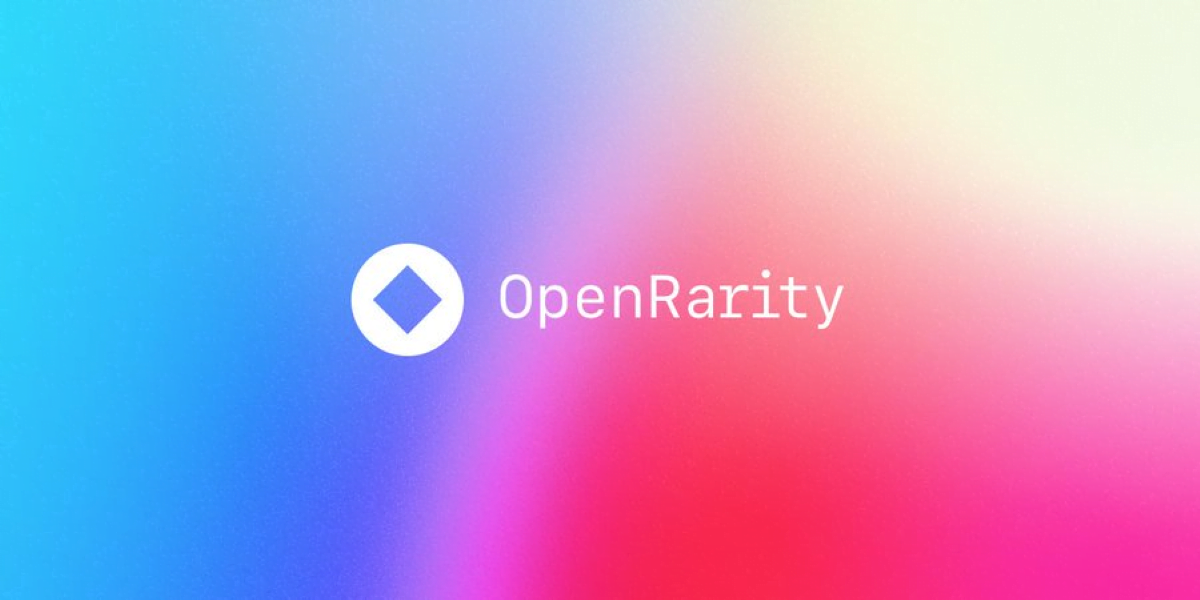Finding rare NFTs may soon become less of a challenge for NFT collectors as OpenSea implements a new protocol that ranks NFT rarity.
The OpenRarity Standard, according to the OpenSea Help Centre, will be an open, transparent and reproducible standard for rarity rankings across the NFT industry.”
The OpenRarity protocol is an NFT community-driven initiative that includes marketplaces, NFT creators and rarity tools coming together to standardize the industry. Companies that contributed to the protocol include, Curio, Icy.tools, OpenSea, and Proof.
The new protocol was announced via a tweet NFT marketplace Opensea put out last week.
What is NFT rarity?
In the NFT space, rarity rankings are used to illustrate the comparative scarcity of an NFT’s characteristics relative to another in the same digital collection. Therefore, an NFT with rare traits will get a lower scarcity ranking than an NFT with characteristics shared by hundreds of NFTs in the same collection. NFTs with rarer attributes are usually more expensive and collectible.
That said, rankings are not universal across NFT platforms, as different models are used in calculations, for NFTs across marketplaces. This causes puzzlement amongst buyers and sellers when using rarity for decisions on purchasing.
Here lies the problem that OpenRarity wants to address. They state,
OpenRarity is a community-built project that aims to provide a transparent, mathematically sound rarity calculation that is entirely open-source and reproducible by anyone. The goal is to bring more transparency to a previously opaque and confusing space.
OpenRarity is a new protocol that ranks NFT rarity
The new protocol is optional for projects on the marketplace. For those that opt-in, OpenRarity provides verifiable rarity calculations by using a mathematical approach to calculating rarity.
Those NFT collections that elect to use OpenRarity will display a rarity number on both the collection and item pages.
When researching the protocol, they came to realise that most other platforms and tools (with some deviations) “adopted rarity function to be a rarity score that is a sum of the probability of each trait, and normalized by category distribution (Trait Normalization).”
The team behind the protocol opted for a transparent methodology known as ‘Information Content’, which is used to calculate the unlikelihood of something occurring (scarcity, rarity). They believe an NFT’s rarity is rooted in the probability of its traits occurring together.
If you are interested in learning more, the YouTube video below explains the theory.
Afterthoughts
The way the new tool calculates rarity is a more rounded, accurate approach to obtaining the rarity value of an NFT within a collection.
OpenSea is the biggest NFT marketplace, and anything it does holds a lot of weight in the NFT community. As the industry continues to progress, there will inevitably be more standardisation.
However, whether the OpenRarity protocol becomes the industry standard will depend very much on getting other platforms, some of whom have protocols, to come onboard.
Credit: Source link
































